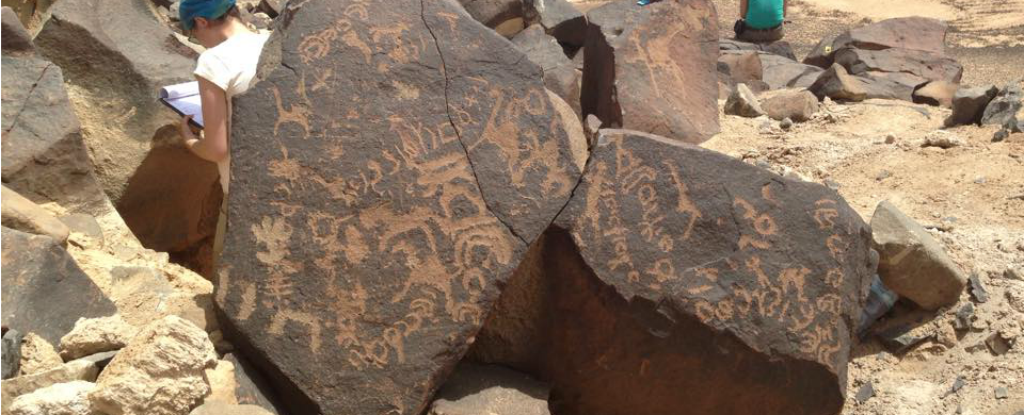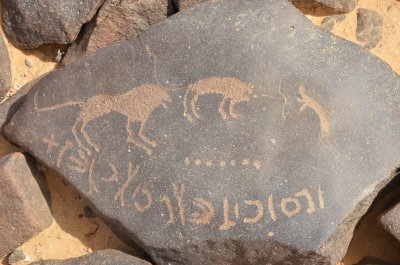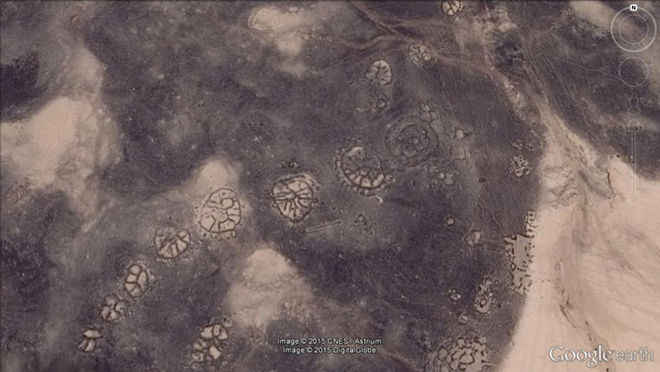Archaeologists in the Jebel Qurma region of Jordan’s Black Desert have discovered thousands of inscriptions and petroglyphs which are expected to be around 2,000 years old. They have uncovered more than 5,000 pieces of ancient rock art over the last five years.
Inscriptions found are written in the ancient Safaitic (a script used by the nomads of the basalt desert of southern Syria and northern Jordan).
The majority of the inscriptions are of animals, like gazelles and lions. However, a majority of the inscriptions with text include just people’s names.
Project leader Peter Akkermans, from Leiden University in the Netherlands, said, “The precise reason for producing rock art – inscriptions and/or representations – is still unclear and open to discussion. What was the message which the producers of the rock art tried to convey?”
The findings give us an idea of an ancient civilization and also suggest that the region was once home to a diverse culture. Although at present this region is a highly inhospitable area, very arid and harsh, findings suggest the region was once full of trees, animals, and a human population.
Akkermans said, “Our excavation at one site revealed masses of charcoal from the 3rd century AD, which appeared to represent several taxa [groups] of trees, which needed water year-round. Hence, the conditions in at least the third century AD may have been quite different from today. This is certainly something I wish to explore in the next field seasons, by coring for pollen.”








